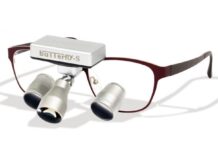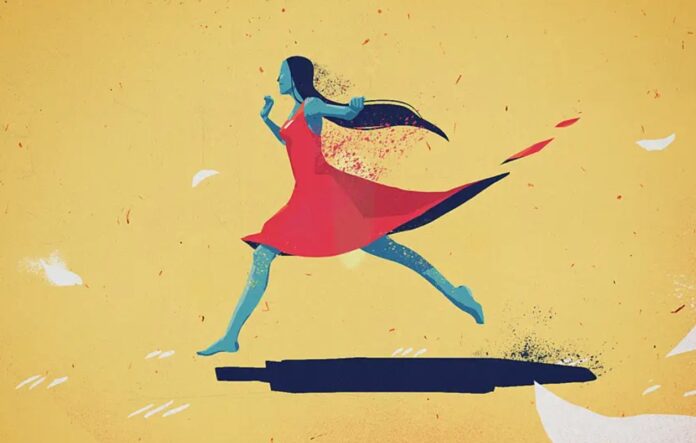
The best part about animated videos is that they are simple and adorable. They attract the audience by three different means: visual (attracting the targeted audience through striking imagery), auditory (captivating prospects with catchy lines), and kinesthetic (impressing clients via technical skills).
When we talk about animations one of the major types of this niche is 2D animation services. As the awareness and need for video content are rising, more businesses are shifting their attention towards this service. It is stated by RENDERFOREST that a form of 2D animation service – commonly known as promotional videos are effective in increasing conversion rate by 20%.
Now let’s see all the mechanics and technicalities of 2D animation services.
2D animation services

What are 2D animation services?
As the name tells, 2D animation covers only two dimensions. These videos are artistic and require a large amount of illustration. In 2D animations, all frames are needed to be drawn by hand.
Now let’s look at the pros and cons of 2D animations.
Why choose 2D animation?
Easy to produce
We have the latest technology and several free and paid online software like Adobe, Canva, etc., available on the web today. All this has made the formation of the 2D animation process easier and quicker. Moreover, affordable agencies like Uptown Motions provide 2D animation services at reasonable rates and top-notch quality. Hence, it has become easy for business owners to choose the package that suits them best and immediately promote their brand.
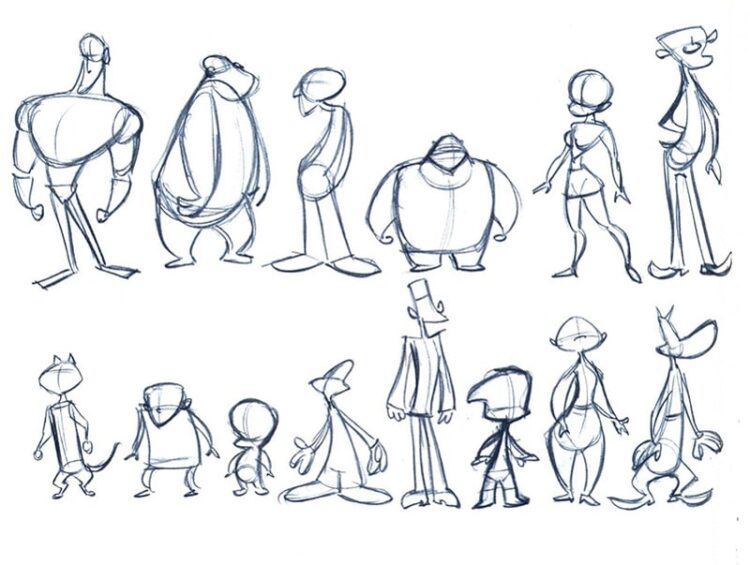
Cost-effective
Another advantage of opting for 2D animation is that these videos are cost-effective. Unlike 3D animated videos, 2D videos require less cost and are highly effective, when it comes to creating quality content.
Attracts targeted audience easily
Since 2D animated videos are simple and contain easy to understand the content, comprehending them gets easier for the audience. Most 2D animations are based on a story-type plot, which is a fun and digestible way of explaining your point.
They work great as explainer and promo videos
Explainer and promo videos are the most common technique for marketing your content. These videos are based on a simple nature. One does not have to be all-technical to produce these videos. When you use whiteboard animations to explain or promote your content, it engages your audience’s attention, and the content becomes more memorable.
Nothing in this era consists of all benefits and no drawbacks. Now let’s have a look at some of the cons of 2D animation services.

Cons of 2D animation services
Less Dynamic as compared to 3D
When we compare 2D with 3D animations, we see 3D gets a higher score. Since 2D animations are less dynamic, they fail to bring real-life effects to the videos.
For instance, in 2D animations, you can show a ball bouncing. However, in 3D animations, an animator can play with effects and bring the entire scene into real life scenario. Such as, in 3D, the ball will have a proper shadow, effects, etc.
If compared with 3D, 2D animations are less in demand
Since 3D animations are made with the latest technology, they are famous for livening up the whole scenario. The main reason why 3D animations are preferred in movies and games is that they connect more with reality. On the contrary, 2D animations still lack proper finishing up to some extent.
For instance, compare a 3D animated movie like toy story 4 with a 2D whiteboard animation. Which one do you think will attract the audience more?
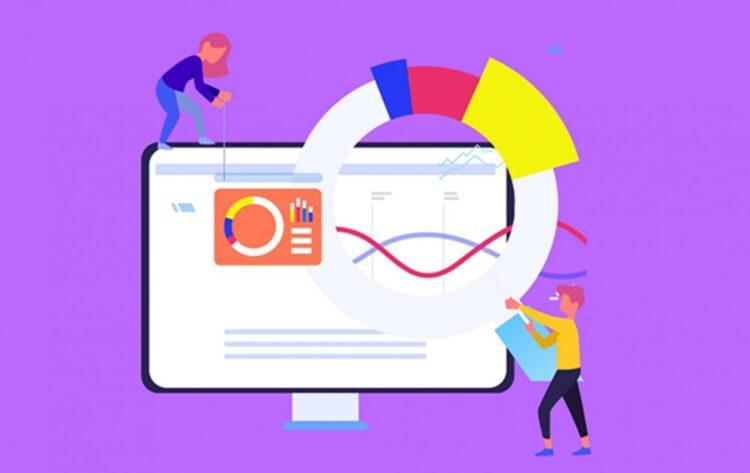
2D animations are time-consuming
As said above, in 2D animation, the animators have to draw frame by frame in a traditional way. Making a mistake in even a single frame would mean redrawing every single frame. But with 3D animations, the work has become much easier. Everything has been made computer-based, which means you can instill change without losing the previous work.
Some examples of 3D animation software are: Blender, Autodesk Maya, Adobe Fuse, etc.
Now that you are aware of the basics of 2D animations, it’s time that you learn about the process of creating 2D animations.
Ho to create 2D animations?
2D animation services require animators to use specialized 2D animation tools. Moreover, you have to follow a set of processes for creating these videos, which includes aspects like Storyboarding, animation, layout, visuals, audio, etc. In the entire process, animators play an integral part, executing everything from creating rough sketches of initial ideas to the video’s finalization.
The animation process is divided into three steps; pre-production, production, and post-production.
Now let’s learn about each step in detail.

Pre-Production
The first stage is called pre-production, which includes the creation of 2D animated videos. In this stage, animators work with writers to pen down a story and the script for animation.
After locking the story and script, the next thing that animators do is design the characters of the video. Then they create a storyboard and choose a color theme for it. Finally, they create the background of the video.
Tips: Here are few things that designers must remember at this stage. Initially, the script on which you are working should be directing the video’s storyline’s visual actions. Doing so will help create a storyboard that’d represent the sequence of events, which are supposed to be followed in the video.
Next, you must remember that the
First, the design team will generate the design process should be covered in two steps for creating the characters and backgrounds. simple sketches of the characters and surroundings. Once the entire animation team agrees on the same page of initial sketches, then turn them into detailed designs and images.
After finalizing the sketches in the second step, choose a color theme for the video. Keep in mind the objects and elements. The lighting strategy for the video will be highly dependent on the choice of colors.
This marks the completion of the pre-production stage. Let’s move to the second step, “Production”.

Production of 2D Animation
In this phase, animators gather the created elements and bring them together to produce the 2D animated scenes.
The process includes painting the backgrounds, animating the character’s actions and activities, designing the scenes, and making rough animations. It also provides animation tracing and inbetweening, which are far more complex jobs as compared to sketching.
In order to trace, you can either clean off rough animations over the same layer with different colors or create a new layer.
On the contrary, the process of inbetweening is like greasing a machine. It comprises the addition of transitional frames amongst two mainframes to make animations look smooth.
Moreover, the trivial tasks like adding colors to the designs are also brought to completion at this stage.
To end these tasks successfully, animators can create exposure sheets with scene-by-scene instructions. This sheet will be divided into 5 parts:
- Animated Layers
- Background
- Timings and Actions
- Viewers Perspectives
- Music and Background Dialogues
In the next step, the animators will combine elements based on the exposure sheet. This process is known as the compositing process, including adding backgrounds, sound, highlights, effects, frames, and other things required to complete the scene.
Now, this brings us to the last part of production, Post-Production
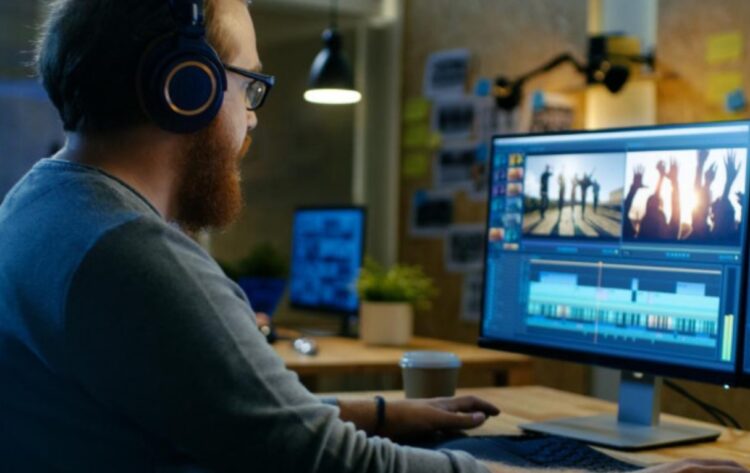
Post-Production
In the post-production phase of 2D animation services, the animation team will conduct all final editing. The main focus of this phase will be the enhancement of the quality of the video. From sound effects to frame lengths, the animators will ensure that the video’s message’s impact is clear and influencing. It must give the audience something worth engaging with.
After finalizing everything, the version is compressed and rendered into a video file for various formats.
The process of 2D animation services ends here.
Below given are some of the popular 2D animation types that you can use to promote your business.
Popular 2D Animation Types
2D Explainer Videos
One of the most popular 2D animation videos is 2D explainer videos. These videos help simplify concepts or services that could otherwise be pretty boring for people to read and comprehend. Some other benefits of explainer videos are that they are made for public awareness regarding a product or a service. They tell audiences why they should use a particular product and how they can use it. These videos also showcase the service’s unique proposition to potential customers.
Animated Whiteboard Videos
Another type of 2D animation is Whiteboard Animation. These videos also serve as the medium for awareness.
Two of the most common uses of whiteboard animated videos are:
- Exhibit the making of a product
- Raise awareness regarding a product and its usage
In animated whiteboard videos, animators showcase an old-school pen and whiteboard feel. They give the viewers a nostalgic feeling of old classrooms. At the same time, a creative script delivers the message or raise awareness.
Product Demos
As the title suggests, these videos are pretty self-explanatory. Brands use this video type to introduce a new product to potential users and give them insights into how their product can add value to their lives.
Hence, if you are also ready to launch your new product into the market, then opting for a product demo video will be quite helpful in the promotional process.
The above mentioned are some of the video types that mostly go best for video animations. Since. These videos do not require many technicalities and are made easily; therefore, they are cost-effective. However, the impact they leave on the audience is tremendous. Plus, 2D animation videos are famous for their engaging and memorable content.
Bottom line
This little guide consisted of all details that you need to know about 2D animation services. Is there something else that you would like to learn about animation and its type? Hit us up in the comments below.






